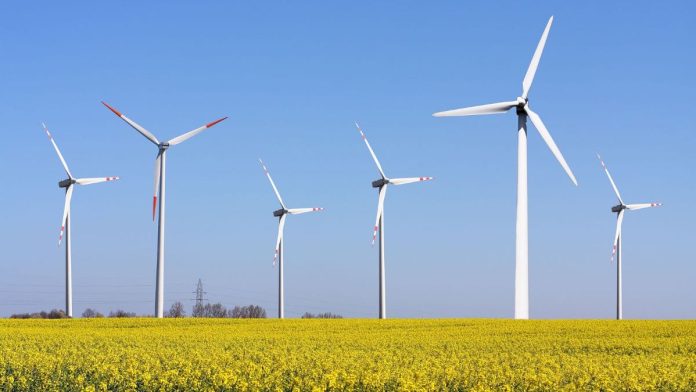A $2.5 million grant from the U.S. Department of Energy to a coalition of organizations including the University of Colorado Boulder will be used to improve wind energy forecasting in both mountain and valley regions.
Vaisala, an international company based in Finland, with offices in Louisville, Colorado, that specializes in environmental and industrial measurements, will lead the grant. Improving the wind energy industry’s weather models of short-term forecasts will be the focus.
CU-Boulder project leader Julie Lundquist, an assistant professor in the Department of Atmospheric and Oceanic Sciences (ATOC), explained in a press release,“We will be making an unprecedented number of measurements in and around wind farms specifically to understand the meteorology in complex terrain as a way to improve the reliability of forecasts. We also will be measuring how large wind farms impact the weather in their local environments.”
Lundquist further stated that better forecasting will help integrate renewably generated electricity into the power grid, leading to lower energy costs for consumers. “Better forecasts of wind allow power grid utilities to manage their supply and demand of electricity,”
Predicting specific wind conditions is a challenge to utility operators in mountain and valley regions, due to the complex terrain , the DOE acknowledged.
Vaisala and its partners will analyze wind patterns in the Columbia River Gorge region of Washington and Oregon, utilizing advanced meteorological equipment, including wind-sensing lasers, to said Lundquist.
Lundquist and ATOC Assistant Professor Katja Friedrich will lead CU-Boulder students while they participate in the experiment and data analysis, including four graduate students who will collect and analyze the measurements. Project measurements also will be incorporated into Lundquist’s undergraduate class, “Wind Energy Meteorology.”
“Because of this project’s close coordination with wind farm operators and power grid authorities, our students will participate in the entire forecast improvement process,” said Lundquist. “They will install instruments, analyze the measurements, identify challenging weather situations, test and improve forecast models and see the practical results of their efforts in better forecasts of wind power production and, ultimately, lower costs of renewably generated electricity.”















